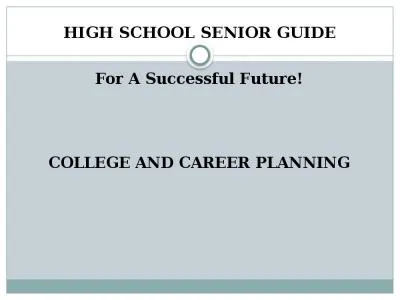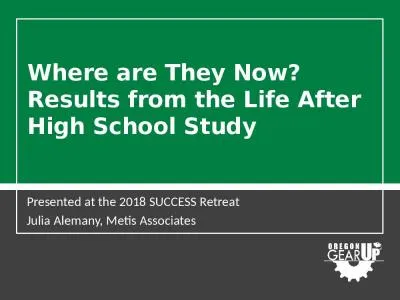PPT-High School vs. College:
Author : alida-meadow | Published Date : 2019-12-13
High School vs College A Comparison of What to Expect Part II Classes and Instructors Classes High School College Students follow a schooldirected schedule and are
Presentation Embed Code
Download Presentation
Download Presentation The PPT/PDF document "High School vs. College:" is the property of its rightful owner. Permission is granted to download and print the materials on this website for personal, non-commercial use only, and to display it on your personal computer provided you do not modify the materials and that you retain all copyright notices contained in the materials. By downloading content from our website, you accept the terms of this agreement.
High School vs. College:: Transcript
Download Rules Of Document
"High School vs. College:"The content belongs to its owner. You may download and print it for personal use, without modification, and keep all copyright notices. By downloading, you agree to these terms.
Related Documents

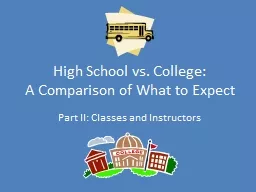
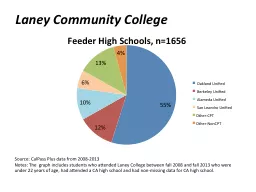

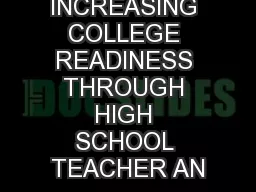


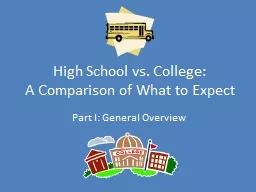

![[DOWNLOAD] - How to Succeed in High School and Prep for College: Book 1 of How to Succeed](https://thumbs.docslides.com/903284/download-how-to-succeed-in-high-school-and-prep-for-college-book-1-of-how-to-succeed-in-high-school-college-and-beyond-college.jpg)
![[EPUB] - How to Succeed in High School and Prep for College: Book 1 of How to Succeed](https://thumbs.docslides.com/907142/epub-how-to-succeed-in-high-school-and-prep-for-college-book-1-of-how-to-succeed-in-high-school-college-and-beyond-college.jpg)


